Utah Nippo (1) – Uneo Terasawa
It is late to start writing this article, but a special exhibition titled “Uneo Terasawa and the Utah Nippo" was held at the Takamori Town History and Folklore Museum (Shimoichida, Takamori Town, Shimoina County, Nagano Prefecture) from July to August of this year.
The Utah Nippo was a Japanese-language newspaper published in Salt Lake City, Utah from 1914 to 1991.
I had seen the name of the Utah Nippo in my previous search for other materials, and was intrigued by it, so I paid a visit.
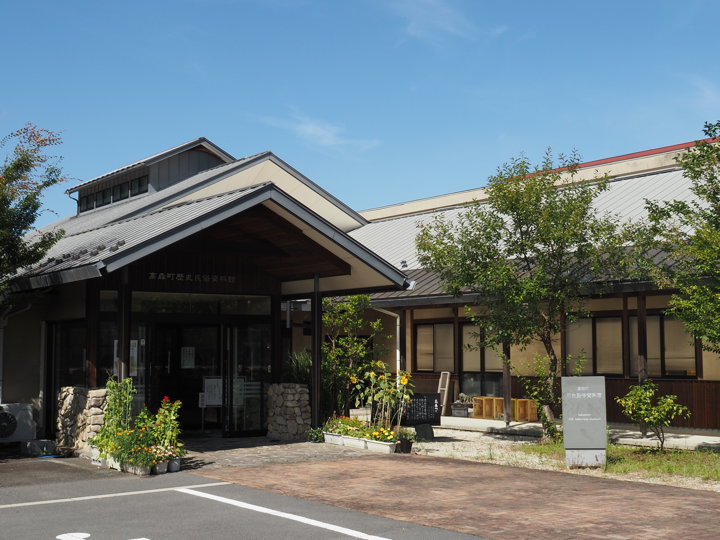
This is the Takamori Town History and Folklore Museum, which opened in 1980 and was expanded in 2000.
Information sign at the entrance.
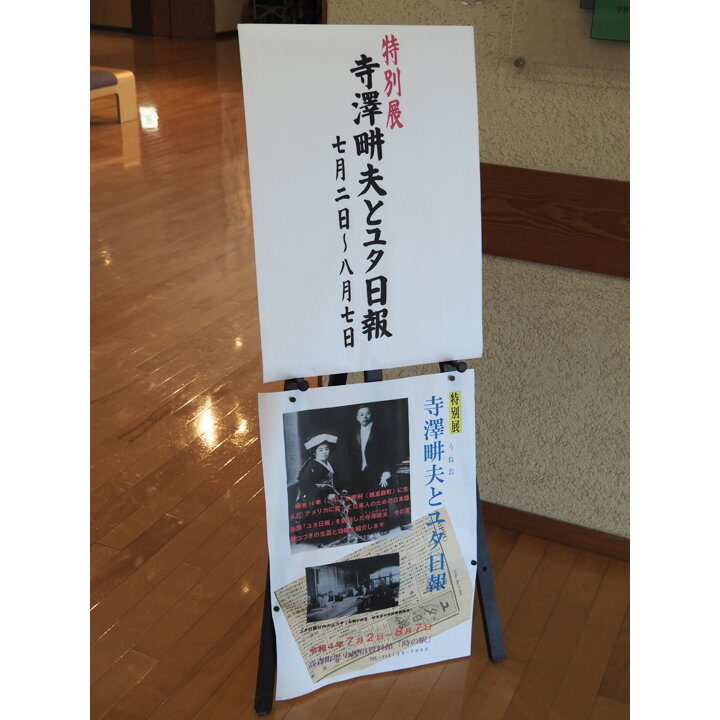
Uneo Terasawa was born in 1881 in Yamabuki Village (present-day Takamori Town), Shimoina County. His father was a prominent figure in the village, having served as a ward head and village mayor. After studying in Tokyo, Uneo returned to his hometown and became a member of the youth association and was active in it.
However, his father became a guarantor for others and took on debts, so Uneo sold assets on his father’s behalf to clear his debts (1904-05).
Unable to find employment in Tokyo, Uneo decided to go to the U.S.(1905).
He bounced around from job to job for a few years, but in 1909 he moved to Salt Lake City and began managing a farm. At first he was losing money, but he succeeded in growing a new variety of celery, and when a vegetable and fruit market was established in Salt Lake in 1912, he became one of the executives of the market.
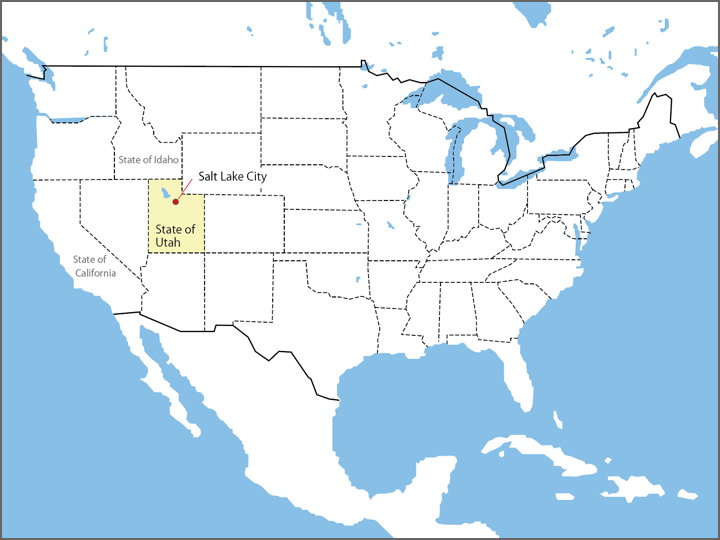
In addition to farming, Uneo worked as a correspondent for the “Shinsekai Shimbun" (a Japanese newspaper published in San Francisco). However, he received backlash for writing a critical article about the Japanese Association, and was forced to resign as a correspondent.
So he secretly ordered type from Japan and published the first issue of the Utah Nippo on November 3, 1914.
At first, it was published once a week, later increasing to about four times a week.
This is the oldest existing Utah Nippo, No. 4, published on November 24.
Terasawa’s name was originally written as “畊夫" (Uneo), but due to the convenience of the newspaper’s typeface, it was written as “畔夫" (Uneo).
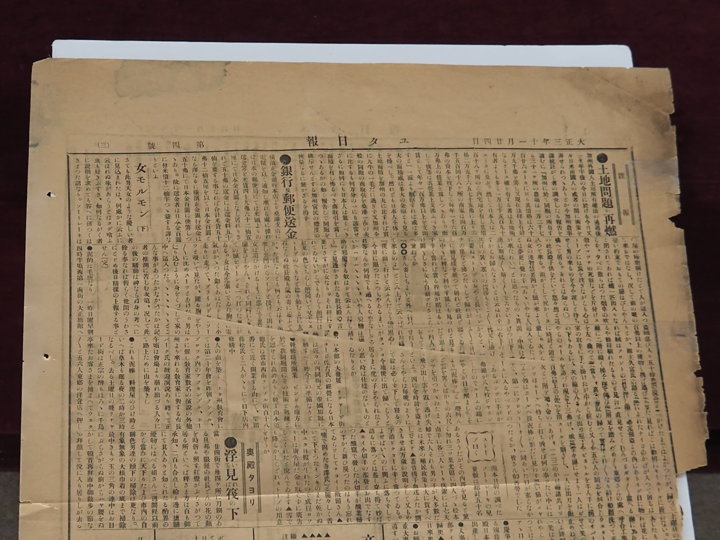
When the Utah Nippo was first published, there was already another Japanese newspaper in Salt Lake City. It was “The Rocky Mountain Times" and had been published twice a week for seven years at that point.
At that time, Salt Lake City had a population of about 2,000 Japanese. The Utah Nippo started to publish a daily edition, but its circulation was not as high as the Rocky Mountain Times, and the Rocky Mountain Times also published articles critical of Uneo, making business difficult.
Uneo also made sales to Idaho and California to help overcome his difficulties.
The Utah Nippo’s page layout varied depending on the time of year, but was generally as follows. It consisted of four pages
Front page = editorial, literature (poetry and haiku), and advertisements (half of the pages).
Page 2 = advertisements (mostly ads, sometimes articles)
Page 3 = Japanese Association’s announcement column, advertisements
Page 4 = Novels reprinted from Japanese newspapers, advertisements
The announcement section on page 3 contained familiar information such as funeral notices, thanks for attending funerals, events, vaccinations, and so on. It seems that the paper played a significant role as a community newspaper.
In 1920, the “Anti-Japanese Land Law" was introduced in the Utah Legislature.
The California Alien Land Law, passed in California in 1914, prohibited foreigners who were not eligible for citizenship (mainly Asian immigrants including Japanese descent) from owning or leasing land. Although the text of the law did not specifically mention Japanese Americans, it was also called the “Anti-Japanese Land Law" because it was clearly intended to keep them out. In California, an amendment to the law was passed in 1920 that placed stricter restrictions on Japanese American.
Uneo was opposed to the bill, but Japanese-American’s group that was divided on the issue. And the Rocky Mountain Times was in favor of the bill. Uneo appealed to his newspaper to stop the bill, and also lobbied Congress and industry officials. In the end, the bill was blocked.
In 1921, after the anti-Japanese land bill was defeated, Uneo temporarily returned to Japan and met with his father and younger brother. He gave lectures in his hometown and contributed articles to newspapers. And he married Kuniko Muramatsu, who was 15 years younger than him, and soon after their marriage, they moved to the United States.
In 1927, Uneo bought out the rival Rocky Mountain Times, and the Utah Nippo became the only Japanese-American newspaper in Utah. But the number of Japanese in Utah subsequently declined, and a decrease in circulation was inevitable. The paper was burdened with huge debts, and management struggled, reducing its daily publication to three times a week.
In 1939, Uneo Terasawa died of pneumonia. All the money collected at his funeral in April was used to fund future operations, and there were many creditors who canceled a debt, the Utah daily report was able to continue.
(to be continued)
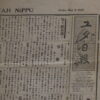
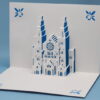
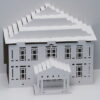
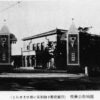
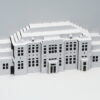
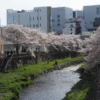
Recent Comments